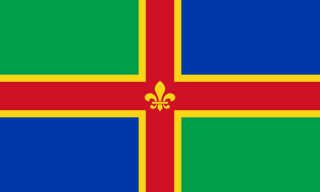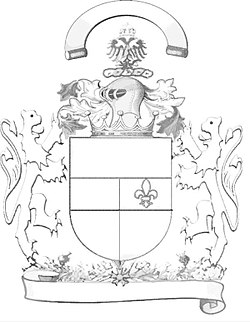
Earl of Winchilsea is a title in the Peerage of England held by the Finch-Hatton family. It has been united with the title of Earl of Nottingham under a single holder since 1729. The Finch family is believed to be descended from Henry FitzHerbert, Lord Chamberlain to Henry I. The name change to Finch came in the 1350s after marriage to an heiress by a member of the Finch family. In 1660 the 3rd Earl of Winchilsea was created Baron FitzHerbert of Eastwell, Kent, in recompense for his efficient aid in the Restoration of the Monarchy. The Herbert family of Wales, Earls of Pembroke, share common ancestry but bear differenced arms. A later member of the family, Sir William Finch, was knighted in 1513. His son Sir Thomas Finch, was also knighted for his share in suppressing Sir Thomas Wyatt's insurrection against Queen Mary I, and was the son-in-law of Sir Thomas Moyle, some of whose lands Finch's wife inherited. Thomas's eldest son Moyle Finch represented Weymouth, Kent and Winchelsea in the House of Commons. In 1611 he was created a baronet, of Eastwell in the County of Kent.
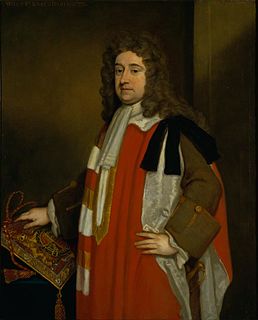
Earl of Dartmouth is a title in the Peerage of Great Britain. It was created in 1711 for William Legge, 2nd Baron Dartmouth.

Earl of Aylesford, in the County of Kent, is a title in the Peerage of Great Britain. It was created in 1714 for the lawyer and politician Heneage Finch, 1st Baron Guernsey. He had already been created Baron Guernsey in the Peerage of England in 1703. Finch was the younger son of Heneage Finch, 1st Earl of Nottingham and the great-grandson of Elizabeth Heneage, 1st Countess of Winchilsea. Lord Aylesford's eldest son, the second Earl, represented Maidstone and Surrey in Parliament. In 1712, he married Mary Fisher, daughter of Sir Clement Fisher, 3rd Baronet. Through this marriage Packington Hall in Warwickshire came into the Finch family. Their son, the third Earl, sat as a Member of Parliament for Leicestershire and Maidstone. His eldest son, the fourth Earl, represented Castle Rising and Maidstone in the House of Commons, and after entering the House of Lords on his father's death, served as Captain of the Yeomen of the Guard from 1783 to 1804 and as Lord Steward of the Household from 1804 to 1812.
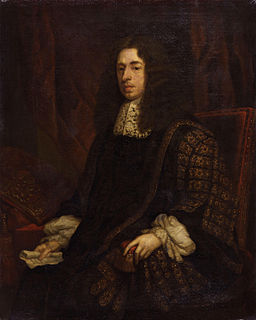
Heneage Finch, 1st Earl of Nottingham, PC, Lord Chancellor of England, was descended from the old family of Finch, many of whose members had attained high legal eminence, and was the eldest son of Sir Heneage Finch, Recorder of London, by his first wife Frances Bell, daughter of Sir Edmond Bell of Beaupre Hall, Norfolk.

Major Clement Walker-Heneage, VC was an English recipient of the Victoria Cross, the highest and most prestigious award for gallantry in the face of the enemy that can be awarded to British and Commonwealth forces.
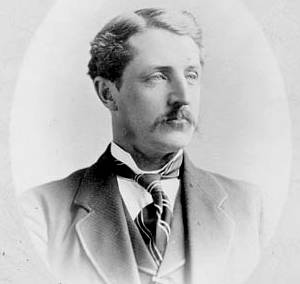
Lt.-Colonel The Hon. Arthur Trefusis Heneage Williams was a Canadian businessman, farmer and political figure. His statue stands in front of the town hall of Port Hope, Ontario.

Edward Heneage, 1st Baron Heneage was a British Liberal and Liberal Unionist politician. He was briefly Chancellor of the Duchy of Lancaster under William Ewart Gladstone between February and April 1886, when he broke with Gladstone over Irish Home Rule and joined the Liberal Unionists.

Elizabeth Finch, née Heneage, 1st Countess of Winchilsea was an English peeress.

Finch County is one of the 141 Cadastral divisions of New South Wales. It is bounded by the Narran River in the west, the Barwon River to the south and east, and the Queensland border to the north. It includes Lightning Ridge.
Sir Thomas Heneage PC was an English politician and courtier at the court of Elizabeth I.
George Fieschi Heneage was a British Whig and later Conservative Party politician.

Sir Heneage Finch was an English lawyer and politician who sat in the House of Commons at various times between 1607 and 1626. He was Speaker of the English House of Commons in 1626.
Charles Finch, 4th Earl of Winchilsea PC was a British peer and Member of Parliament, styled Viscount Maidstone until 1689. He was the son of William Finch, Lord Maidstone and Elizabeth Wyndham.
Thomas Finch, 2nd Earl of Winchilsea was an English peer and Member of Parliament.
The Soldier Support Institute (SSI) at Fort Jackson, South Carolina is a U.S. Army organization and major subordinate command of the Combined Arms Support Command and part of the Sustainment Center of Excellence (SCoE). It is also part of the Training and Doctrine Command (TRADOC).
Michael Heneage (1540–1600) was an English politician and antiquary. He was the Member of Parliament for Arundel, East Grinstead, Tavistock and Wigan.
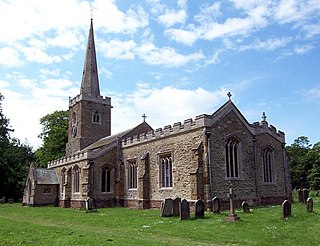
Hainton is a village and civil parish in the East Lindsey district of Lincolnshire, England. It is situated on the A157 road, 10 miles (16 km) west from Louth and 5 miles (8 km) south-east from Market Rasen.
George Heneage was an English churchman who became Dean of Lincoln.

The Pride of Spitalfields is a public house at 3 Heneage Street in Whitechapel and is named after Spitalfields across the road and is in the East End and in East London, just off Brick Lane. It was associated with a Jack the Ripper suspect.
Heneage Dering, LL.D (1665–1750) was an eminent Anglican priest in the first half of the 18th century. He became Dean of Ripon and was known also as a Latin poet.


